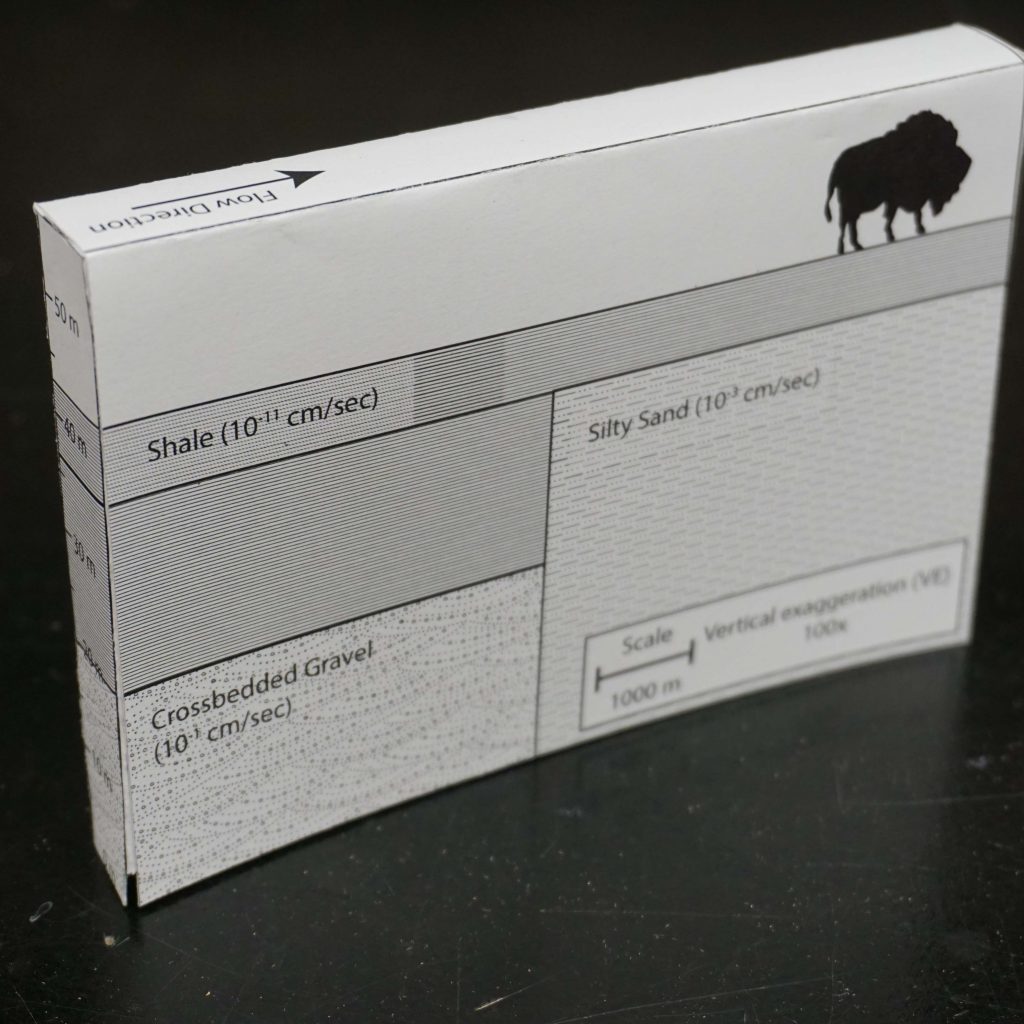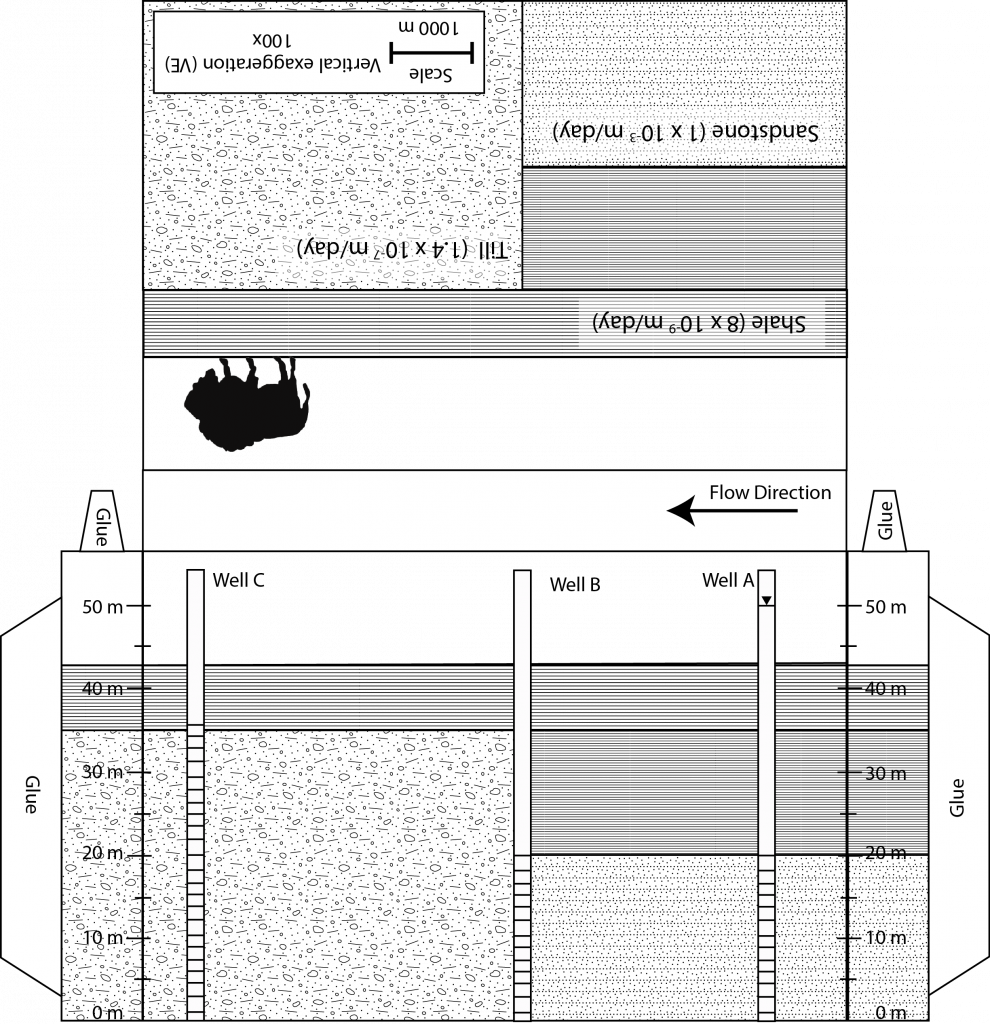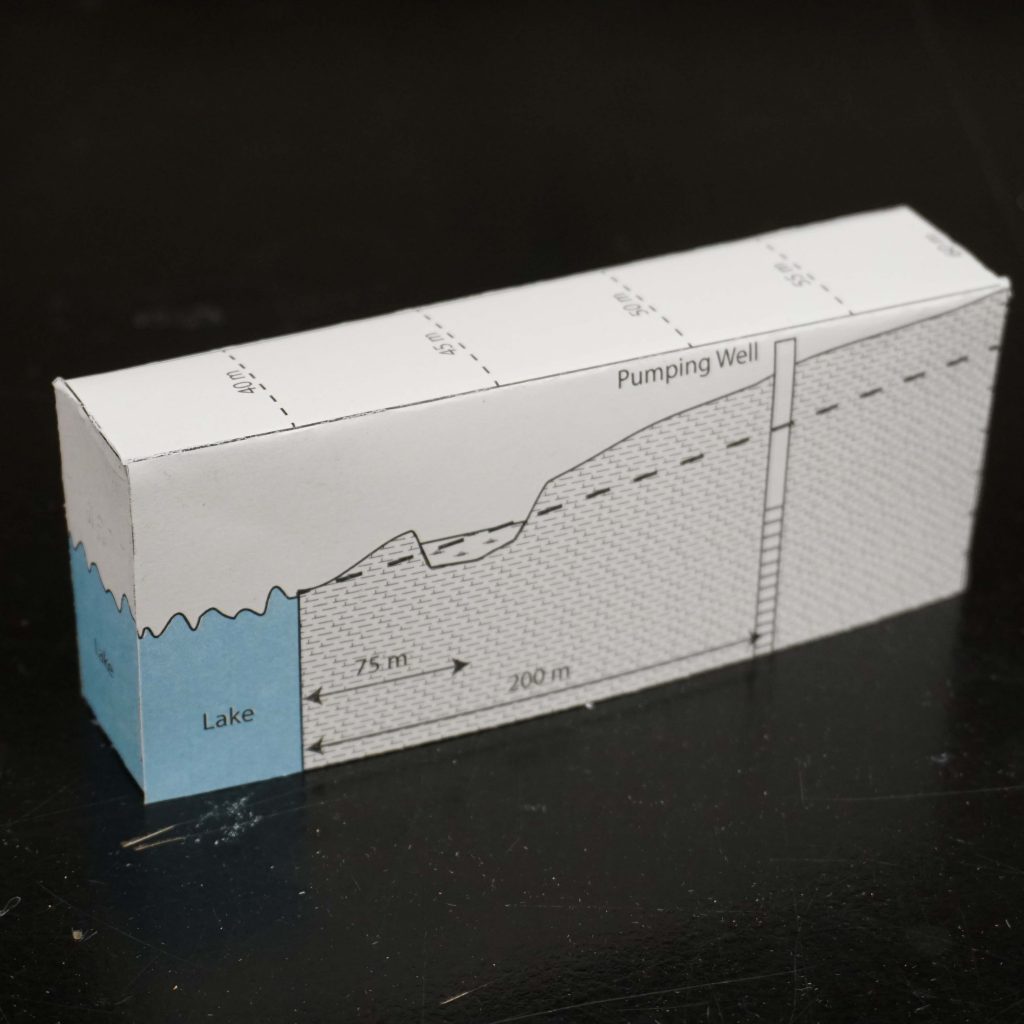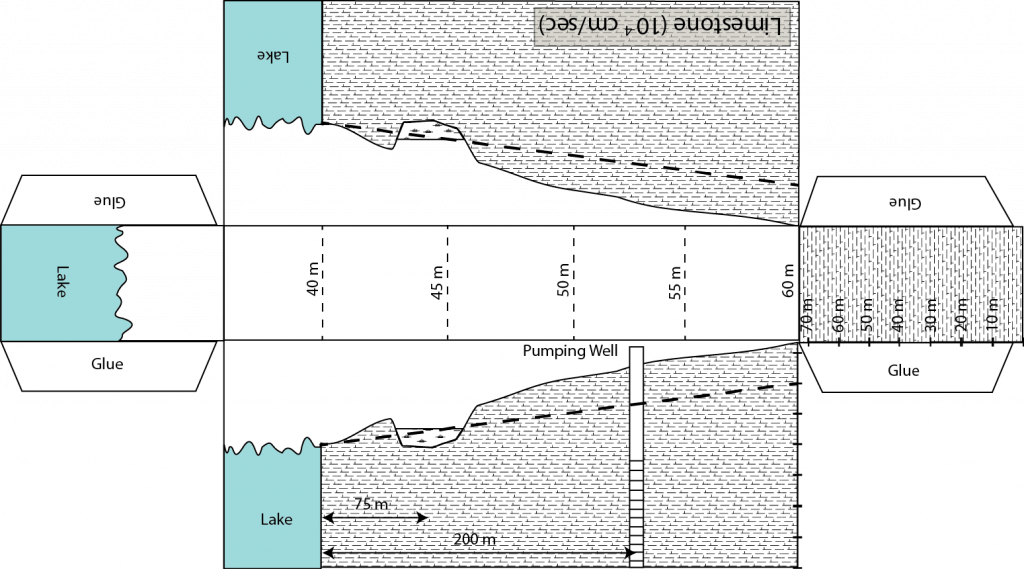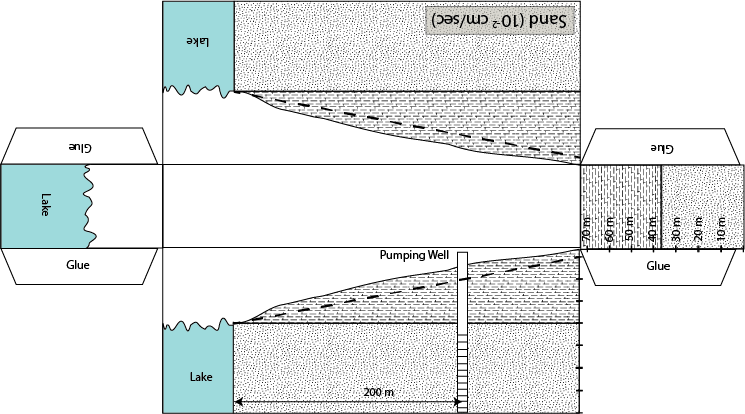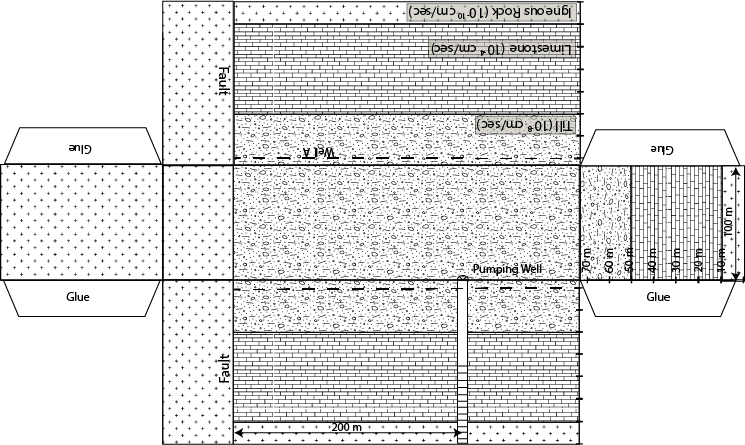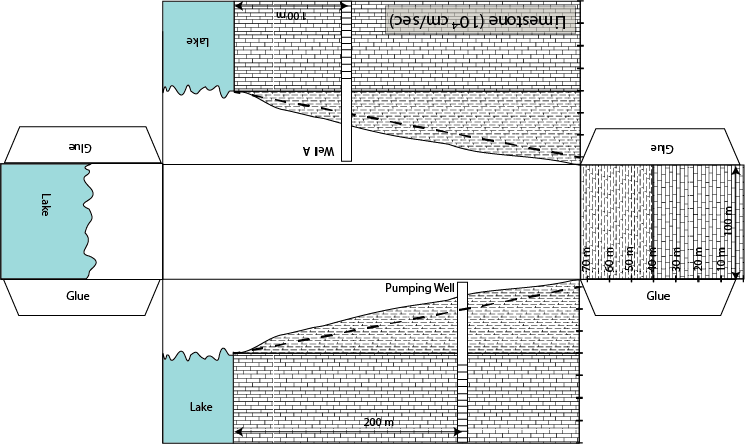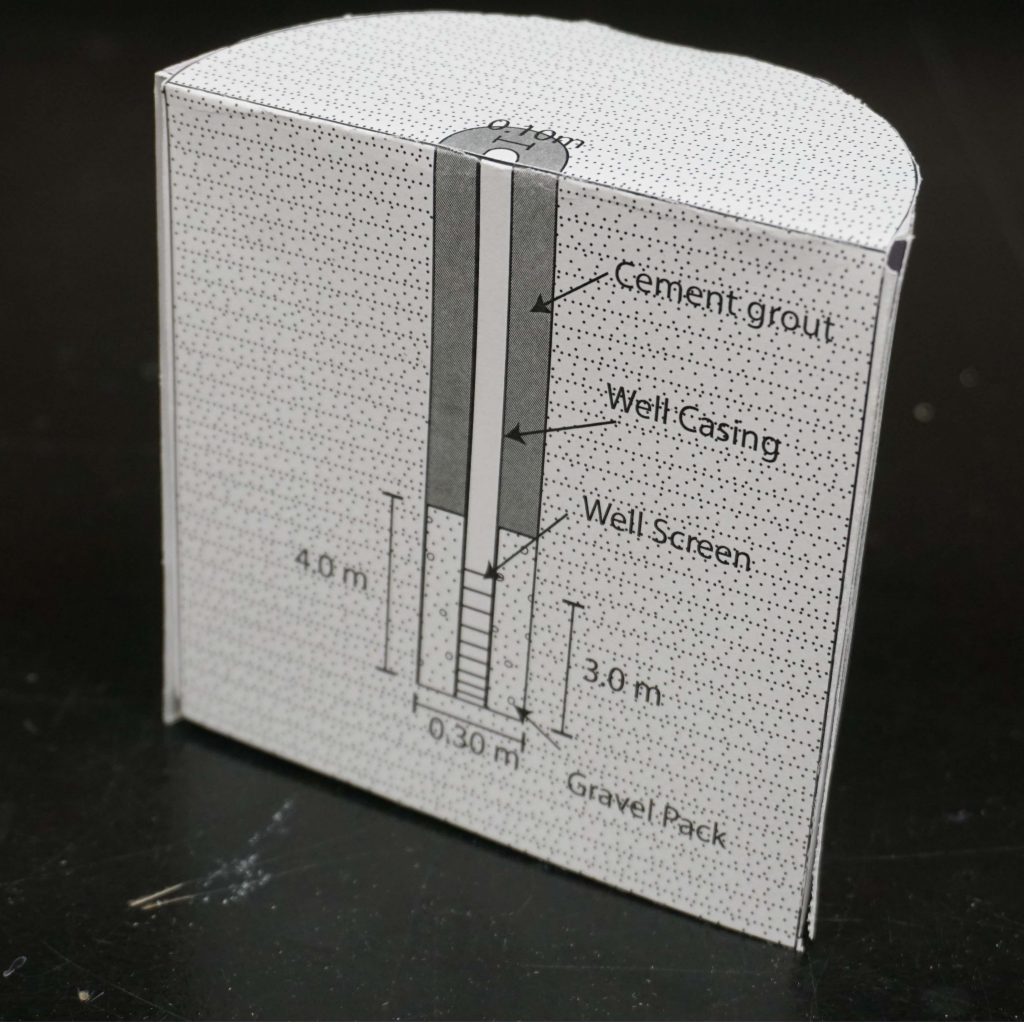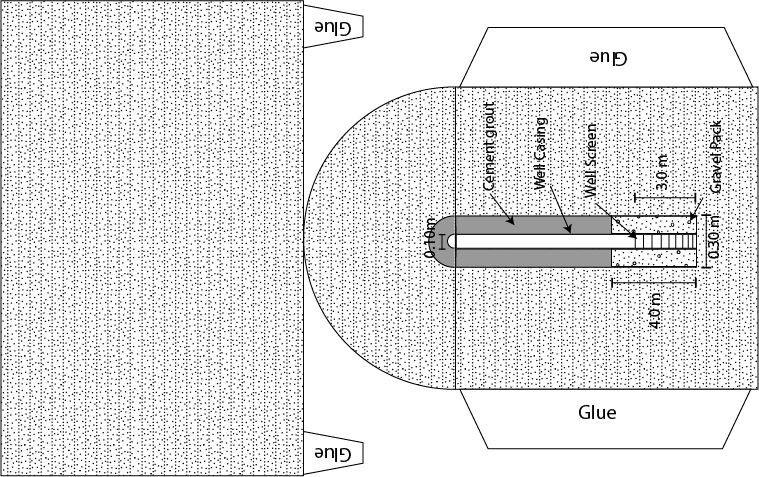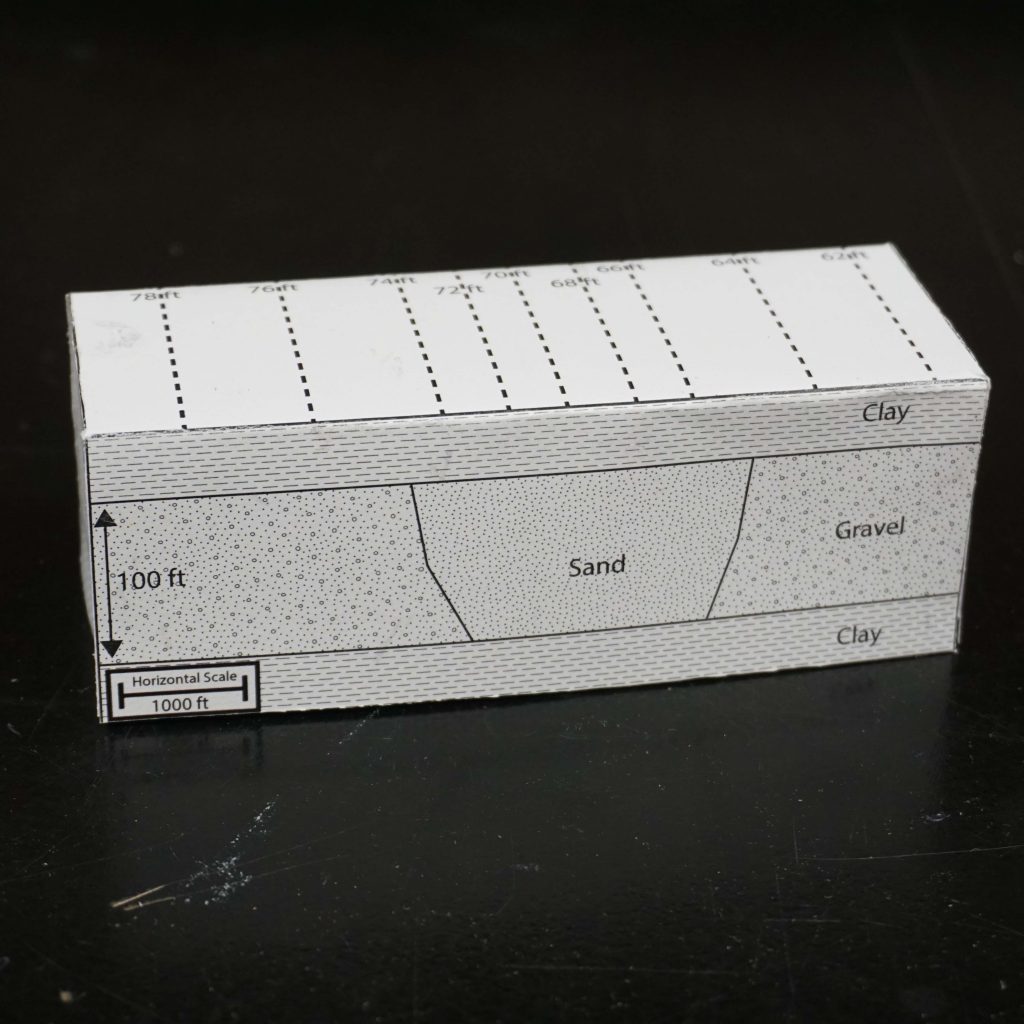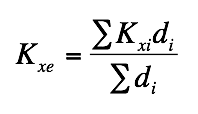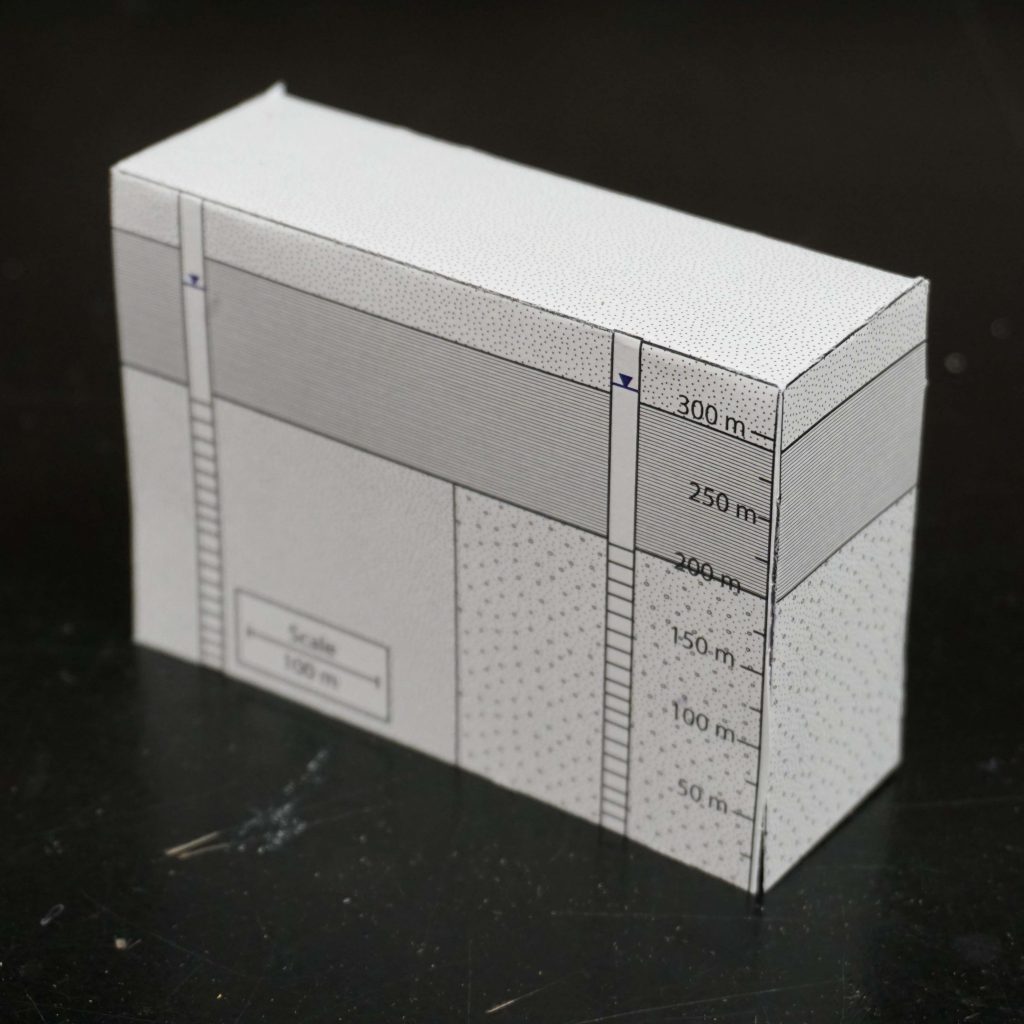Water is one of our most important natural resources, yet it is almost invisible to the general public. Unless a person runs out of water they almost never think about its value. Public utilities effectively give it away for free, in principle only charging the cost of energy to pump it to your house. However under a changing climate, water will likely become one of the major resources of trade and unfortunately conflict. This is the motivation for training the next generation of scientists, managers, and general public on the basic principles that govern water resources. In particular, there is a strong interest in water that his held underground. This water that is held underground is termed groundwater and represents a volume of water much large than all the worlds fresh water held in lakes and rivers combined. The volume of groundwater is second only to the amount of water held in ice and glaciers. As a result of groundwater being held below the surface of the earth it is protected and typically represent a high quality resource.
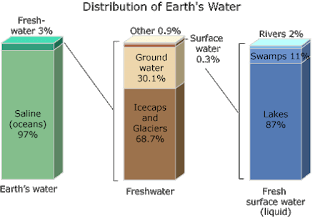
In training the next generation of groundwater keepers there are a
handful of basic principles that guide us in the movement and storage of groundwater resources. These principles are not
complicated and can be described on the most basic level in the statements listed below:
- Groundwater flows from high energy to low energy (high to low hydraulic head)
- Storage groundwater is governed by conservation of mass (in – out = change in storage)
While the statements listed above may seem simple, the complexity in the
study of groundwater increases as we deal with space and time.
Groundwater is held in the void space between rocks or grains of
sediment. These rocks and sediment come in all sorts of shapes and
sizes, which results in three dimensional problems. In addition, water
can be added or removed from the ground through natural and human
interactions that occur at a range of time scales. As a result,
scientists, managers, and general public need to be able to visualize
these process in three dimensions through time.
The goal of this project is to develop a set of resources that allow
those interested in groundwater science to better visualize the three
dimensional aspects of groundwater flow. This visualization will be
achieved through a series of foldable three dimensional paper models.
Each paper model will come with a series of problems to be solved to
help reinforce the basic governing principles of groundwater flow.
While this is not meant to be an exhaustive study of groundwater
science, it is a goal to try to cover as many useful examples as
possible.
Please enjoy the journey into the Foldable Aquifer Project.

